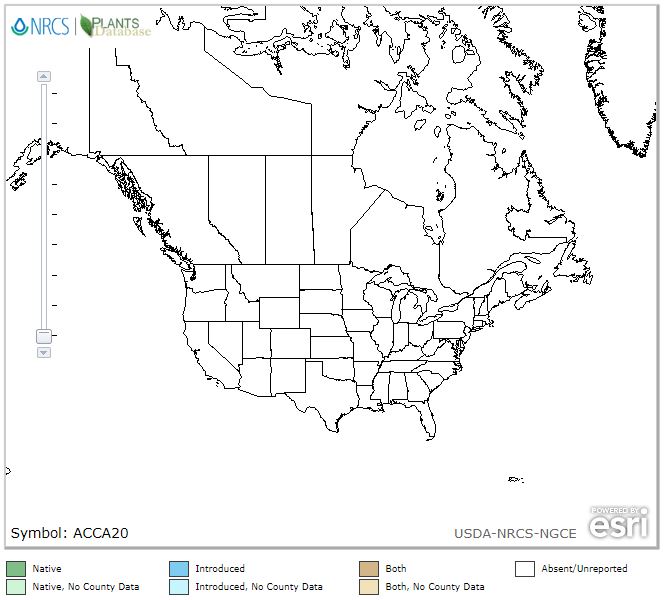Rat Snake, Wū Shāo Shé, 乌梢蛇, Zaocys dhumnades
Disclaimer For educational purposes only. Do not use as medical advice
Space Space
Space USA: Zaocys dhumnades USDA Zones: Native: Habitats: Herbal medicine may interact negatively with pharma drugs and other herbs. Examples below: Herbs: Pharma Drugs:Anticoagulant drugs • Anticonvulsant drugs
Health Benefits
For: Skin rash • Chronic ulcers • Facial paralysis • Joint stiffness • Joint Pain • Muscle paralysis • Hemiplegia • Tetanus• Seizures • Convulsions • Itchy uticaria • Eczema
Attributes: anticonvulsant • anticoagulant • analgesic • sedative • antipruritic
Products (online examples)
Space
Space
Research (sample)
Articles:
Constituents:
Lipids • Proteins
Photos (Click to enlarge)
Fun Facts
Other Names:
Species
Growth
TBD
TBD
Zaocys dhumnades is not in the USDA Plant Database. Drill down via USDA Interactive Map:
Properties, Actions, Indications, etc. Category: Wind Damp Cold
English: Rat Snake Pinyin: Wu Shao She Pharmaceutical: Zaocys
Organs: Liver • Spleen Temperature: Neutral
Taste: Sweet • Salty Toxicity: Non-toxic
Patterns: Wind predominant Bi syndrome • Skin numbness or rash • Spasms, tremors or seizures • Wind stroke facial paralysis • Wind stroke hemiplegia
Actions: Strong unblocking of channels • Expel wind • Alleviate pain
Indications: Skin rash • Facial paralysis • Chronic Wind Bi pain • Joint stiffness • Joint Pain • Seizures • Muscle weakness and cramping • Tetanus • Hemiplegia • Epilepsy
Contraindications: Yin deficiency heat • Blood deficiency wind
Typical Dosage: 4.5g to 12g • 2g to 3g as powder Guidelines
Parts Used: Dried internal organs Notable for: Wind Bi • Unblock channels • Like Bai Hua She but non-toxic
Other: Pain blocker (Bi syndrome) • Substitute for Bai Hua She (less potent but nontoxic)
Combine With
Purpose
Formulas with Wu Shao She
Wu She San • San Wei Wu She San
Alert
Be cautions with all medicine.
Potential Drug Interactions
Information in this post came from many sources, including class notes, practitioners, websites, webinars, books, magazines, and editor's personal experience. While the original source often came from historical Chinese texts, variations may result from the numerous English translations. Always consult a doctor prior to using these drugs. The information here is strictly for educational purposes.



0 Comments